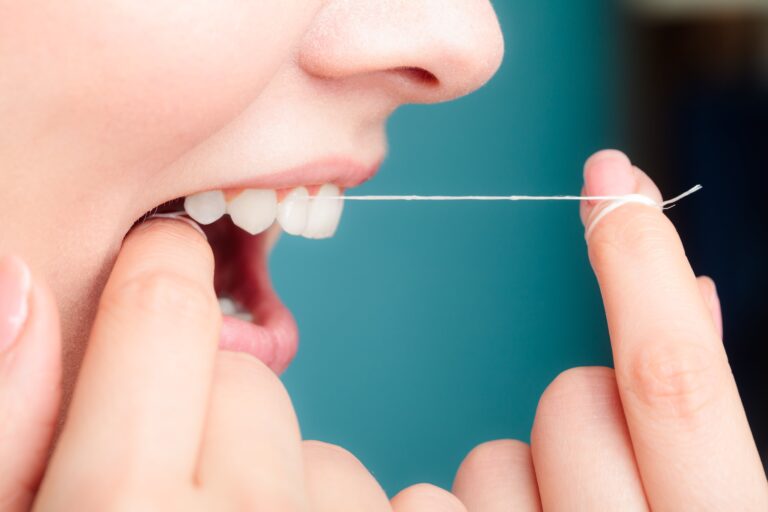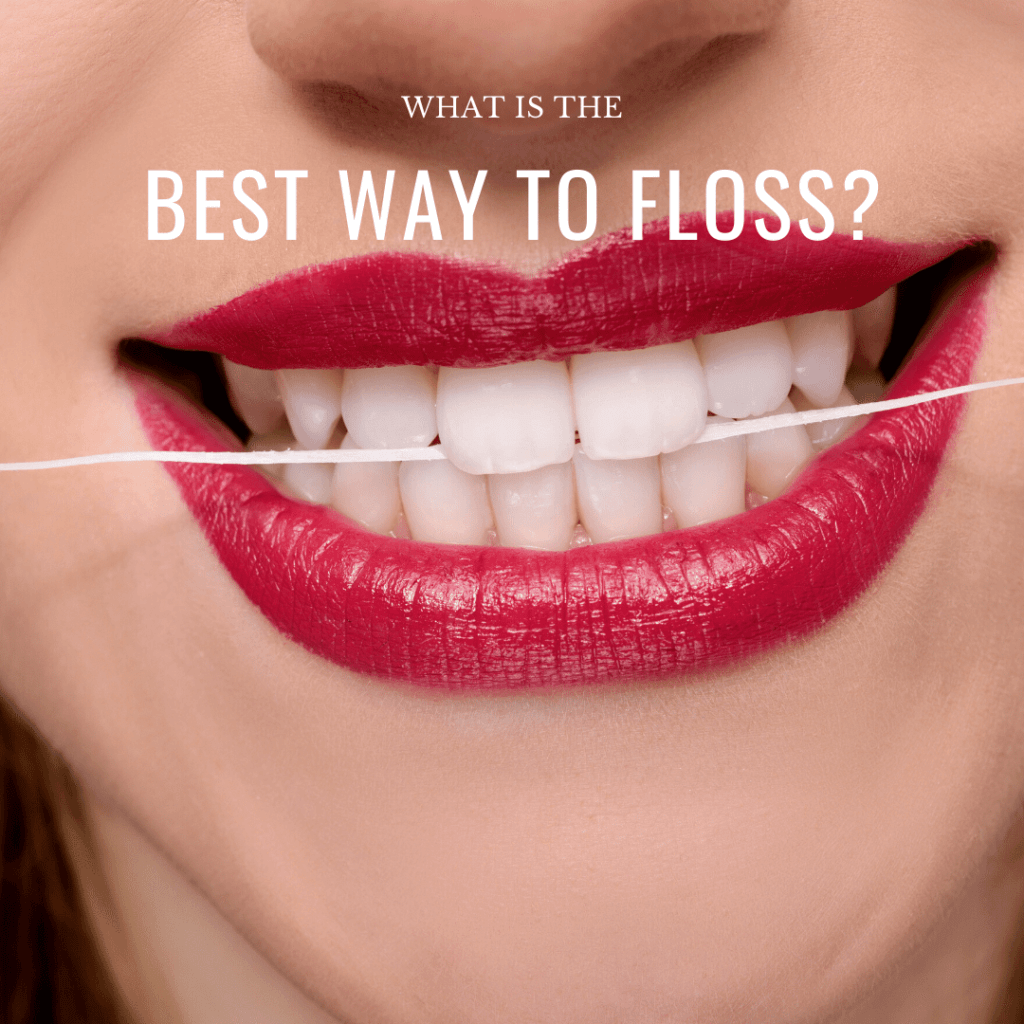Flossing is one of the most important things you can do for your oral health. It removes plaque and bacteria from teeth and gums, which can cause cavities and gum disease. In this blog post, we will teach you how to floss your teeth properly. First, we will explain the importance of flossing. Then, we will provide a step-by-step guide on how to floss. Finally, we will give you some additional tips to make flossing easier!
Flossing is critical to your oral health, and its importance cannot be overstated. In order to have healthy teeth and gums, it is essential that you remove plaque and bacteria from your teeth and gums on a daily basis. Plaque is a sticky film of food debris, bacteria, and saliva that forms on your teeth. If plaque is not removed within 48 hours of forming, it can harden and turn into tartar. Tartar is difficult to remove and can only be removed by a dentist with special tools.
Both plaque and tartar can cause gum disease and tooth decay. Gum disease is an infection of the gums that can lead to tooth loss. Tooth decay can also lead to tooth loss. Therefore, it is important to remove plaque and bacteria from your teeth and gums every day in order to prevent cavities and gum disease.
Now that we’ve explained the importance of flossing, let’s go over how to do it!

The first step is to find the right type of floss. There are many different types of floss available on the market, so it is important to find one that suits your needs. Once you’ve selected the right type of floss for you, it’s time to get started!
The second step is to break off approximately 18 inches worth of floss. You will then wind the floss around your middle fingers, leaving about two inches of floss between them. Then, hold the floss tightly between your thumbs and index fingers.
Next, slide the floss gently up-and-down between your teeth. Be sure to use a light back-and-forth motion and to curve the floss around the base of each tooth. Curving the floss into a C shape at the base of each tooth allows the floss to remove plaque from between the teeth and gums.
You should also use a fresh section of floss for each tooth. When you are finished flossing, rinse your mouth with water or mouthwash. This removes any remaining debris and coats your mouth with fluoride.
Some people struggle with flossing more than others. If this sounds like you, then here are some additional tips to make flossing easier:
– Use a waxed floss if you have trouble holding the floss between your fingers. Waxed floss does not fray, is stronger, and is easier to hold. However, it is also thicker and may not fight into very tight spaces.
– If your gums bleed when you floss, make sure you are being consistent. After a few days, the bleeding should stop. If not, then you may need to speak with your dentist to make sure you are using the right technique.
– Floss before bedtime and before you brush your teeth. This allows you to remove debris from in between the teeth so that the fluoride from the toothpaste can coat the sides of your teeth.
We hope you found this blog post helpful! Remember, flossing is essential for good oral health. By following the tips in this blog post, you can be sure that you are flossing your teeth correctly. Thanks for reading!




